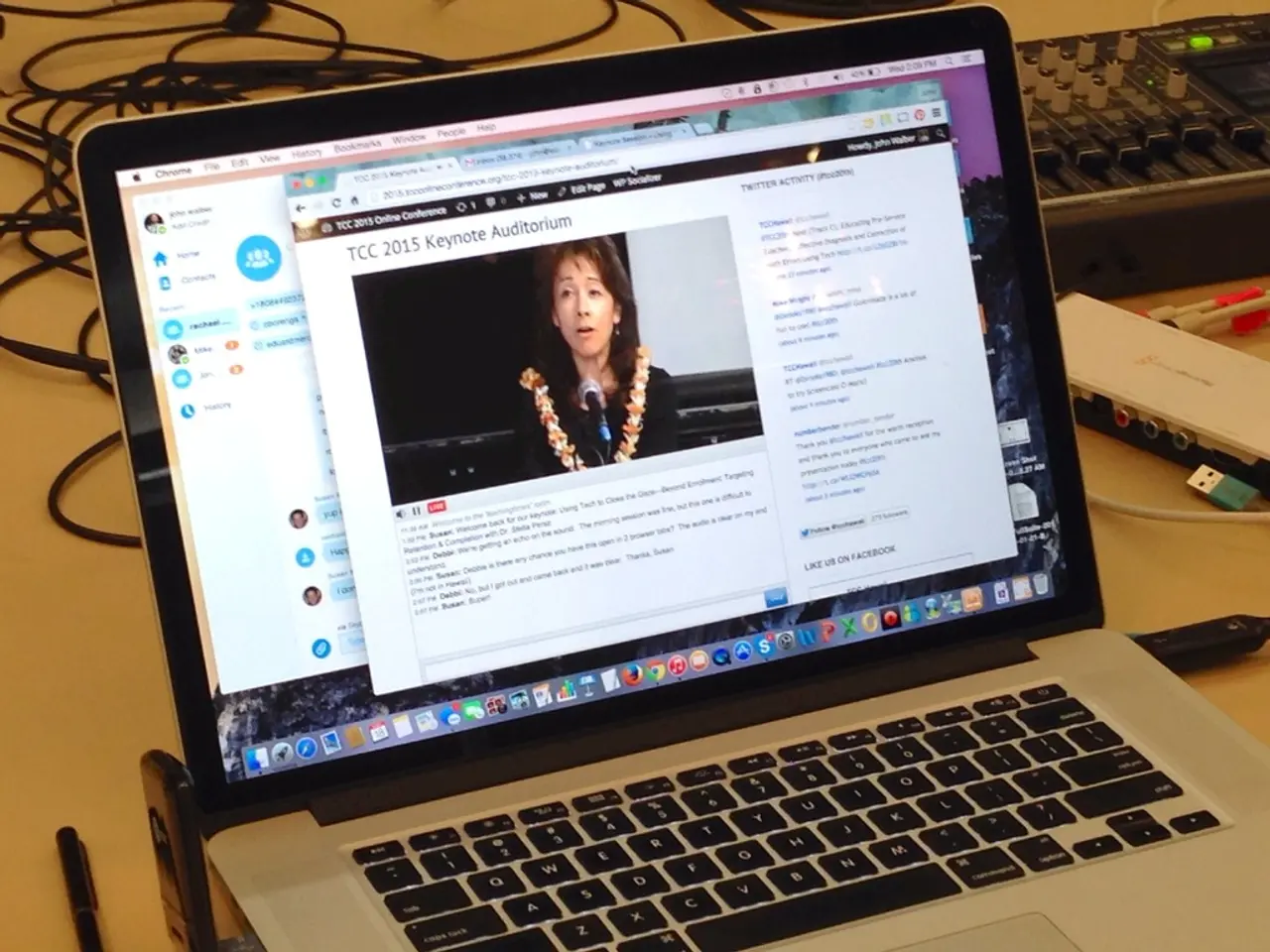Principles Prioritized by Huawei for Building Intelligent Computing Centre Infrastructure
Huawei, a leading global provider of information and communications technology (ICT) infrastructure, recently hosted the Huawei Data Center Infrastructure Summit. The event focused on designing next-generation data centres that are more sustainable, flexible, and dependable.
According to the summit, worldwide data centre energy consumption could reach 1,000TWh by 2026, up from 460TWh in 2022. Rapid technological advancements in computing make it challenging to plan long-term data centre infrastructure, necessitating data centres to be able to evolve to accommodate changing computing needs.
To address these challenges, Huawei proposed a series of guidelines for designing sustainable, flexible, and dependable next-generation data centres. These guidelines emphasize energy efficiency, modularity, intelligent management, and resilience, ensuring future-proof infrastructure with reduced environmental impact.
One of the key solutions presented by Huawei is the FusionPower9000, an intelligent computing-oriented power supply solution designed for large data centres. The FusionPower9000 features a fully decoupled architecture and a power supply system in one container, supporting phased construction and on-demand capacity expansion. The solution also reduces time-to-market from 28 to 18 weeks.
Addressing safety concerns, Huawei emphasized the isolation of energy storage systems for lithium batteries in data centres. This approach ensures safety by separating electrochemical storage from IT services. Huawei also offers lifecycle maintenance tools for lithium batteries, UPS power distribution, and temperature control systems.
The growing use of lithium-ion batteries in data centres necessitates a focus on safety, involving selecting reliable battery cells and considering remote deployment. Ensuring the safe and reliable operation of data centre infrastructure is a top priority, as high power consumption challenges, especially for AI applications, raise concerns about existing power grids supporting growing energy needs.
To reduce energy consumption, Huawei's cooling system focuses on reliability and is oriented towards liquid cooling, with a zero-interrupt system. The system, represented by the CDU product, is designed for reliability, offering a zero-interrupt system. AI itself can help with AI-driven optimisation, reducing data centre cooling energy use by 40%.
Huawei also provides professional services for intelligent computing, using an outlier algorithm to track user usage and analyse anomalies. The company's approach to next-generation data centre design aligns with industry trends towards modular, green, and intelligent data centres.
In addition, Huawei offers full lifecycle security protection and reliability maintenance for the entire intelligent computing data centre, with a large number of service personnel and thousands of service partners worldwide.
As the tech industry aims for net zero emissions in data centres, Huawei's solutions and guidelines provide a promising step towards a more sustainable, efficient, and reliable data centre infrastructure.
References: [1] Huawei White Paper: Next-Generation Data Centre Design [2] Huawei Enterprise Support: Data Centre Infrastructure Solutions [3] Huawei Cloud: Green Data Centre Services [5] Industry Reports on Data Centre Construction Markets and Huawei's Management Support Documents
In line with the Huawei Data Center Infrastructure Summit's focus on designing next-generation data centres, Huawei presented the FusionPower9000, an intelligent computing-oriented power supply solution that emphasizes energy efficiency, modularity, and on-demand capacity expansion. ( data-and-cloud-computing, technology )
To ensure the safe and reliable operation of data centre infrastructure, particularly for AI applications, Huawei's cooling system focuses on safety, selecting reliable battery cells, and considering remote deployment for the growing use of lithium-ion batteries. ( safety, ai )




